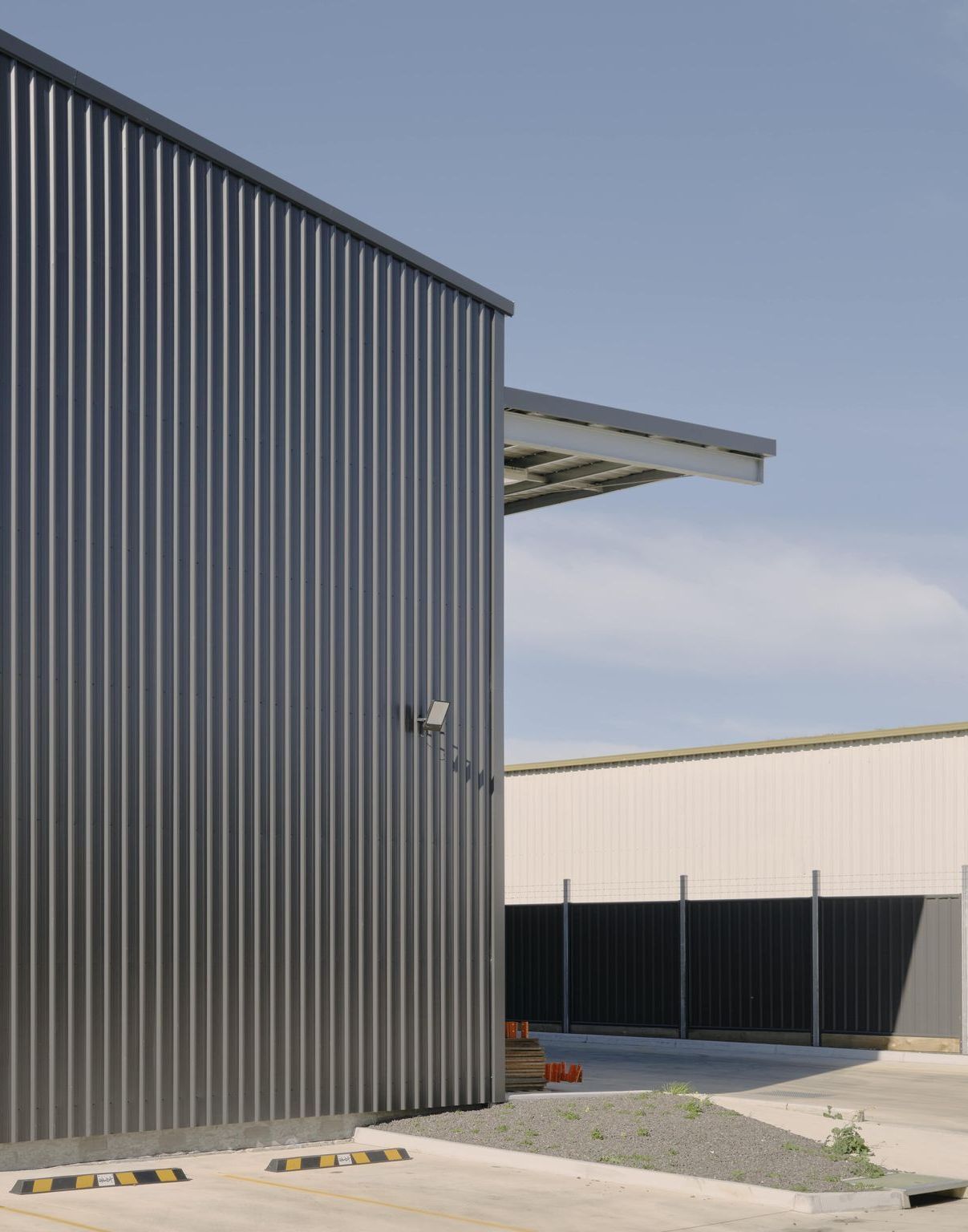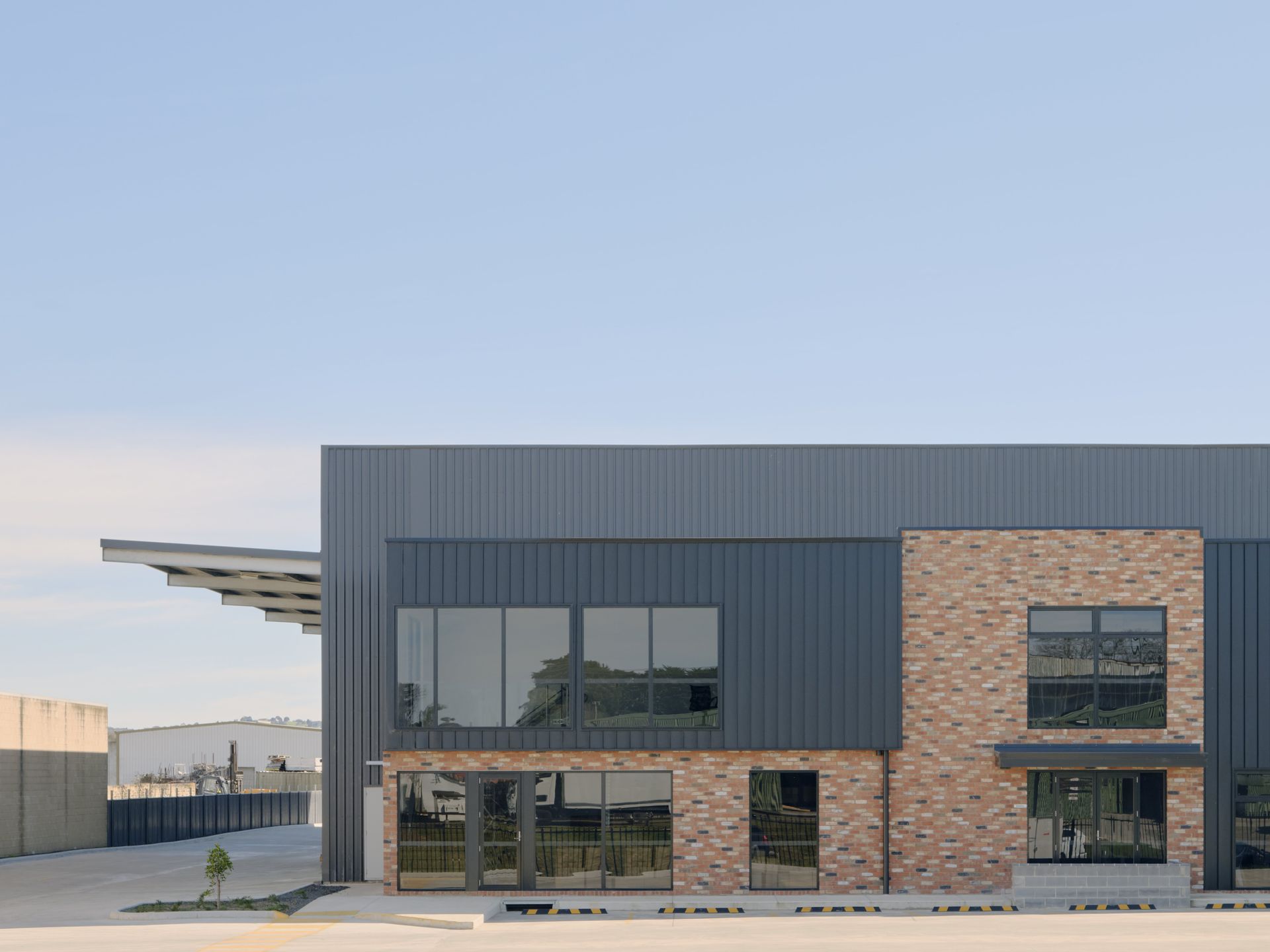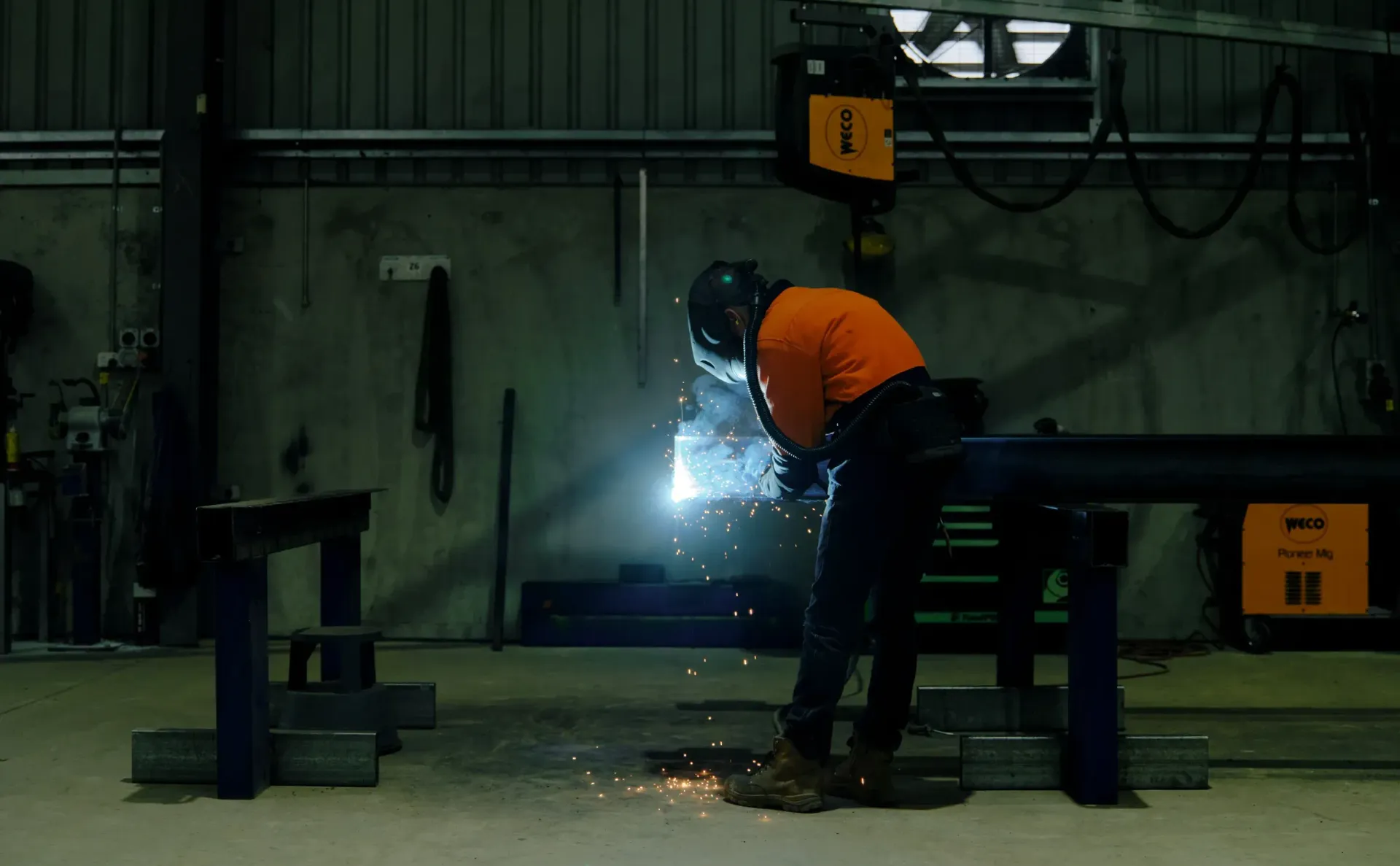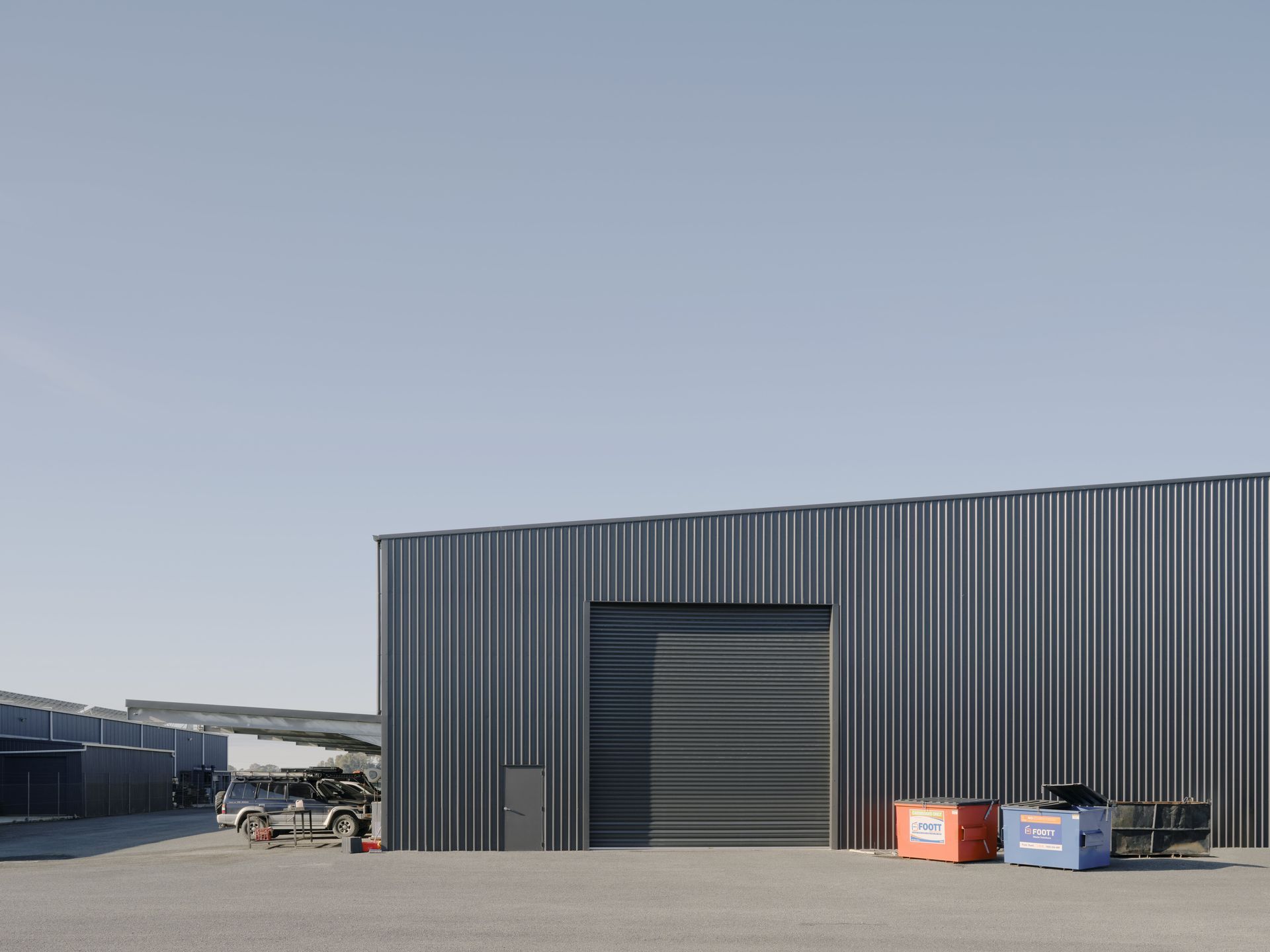Purlins vs Structural Steel: Why Structural Steel is the Superior Choice
17 August 2021. By Joshua Wiggins, General Manager
Purlins vs Structural Steel: What You Need to Know
IN BRIEF
- When it comes to
commercial and
industrial buildings, structural steel is a better choice over lightweight purlins due to its superior strength and durability.
- Shed purlins made of lightweight steel sheets are prone to bending and twisting, making them unsuitable for heavy-duty applications.
- Structural steel buildings are made from hot-formed RHS steel members, providing greater structural integrity. They’re also more suitable for large spans.
- Structural steel can be customised making it more versatile compared to purlin structures which are limited to standard material sizes.

Structural Steel Offers Strength and Durability
When embarking on a warehouse project or constructing a new industrial shed, longevity is a key factor to consider. Steel—a core component of any industrial structure—is not an area where compromises should be made.
Opting for strong, durable materials may require a slightly higher upfront investment, but the benefits far outweigh the costs over time. That’s why Steelcorp exclusively uses Australian structural steel. Below, we’ll explore the key differences between structural steel and purlins, demonstrating why structural steel is the superior choice for industrial buildings and other commercial projects.
Strong, Durable, and Fabricated to Order
Purlins used in cheaper shed construction are typically cold roll-formed from lightweight steel sheets into C or Z purlin shapes. While cost-effective, this steel is often only 1mm to 3mm thick, making it flimsy and prone to bending or twisting. For industrial steel builders tackling heavy-duty applications like machinery storage or large-scale industrial buildings, purlin structures fall short.
In contrast, structural steel buildings are constructed using hot-formed RHS steel members shaped into H or I beams. These beams can be up to 20mm thick and are fabricated to order. Additionally, they undergo hot-dip galvanization for unmatched corrosion resistance and durability.
Structural steel’s intrinsic strength makes it ideal for steel construction services requiring large spans and heavy-duty capabilities, whereas purlins lack the necessary structural integrity.
Faster and Simpler Installation
While purlin-based structures may seem quicker to install, the reality is different. Each purlin must be bolted to angle brackets and then anchored to the slab, resulting in significant on-site labour.
By contrast, structural steel buildings arrive at the site with prefabricated welded columns and trusses, ready for assembly. These components are engineered for precise sizing, reducing the overall installation time compared to purlin systems. For businesses investing in a warehouse project, this efficiency translates into reduced labour costs and faster project completion.

Customisation for Unique Needs
Choosing structural steel allows for complete customisation of your industrial shed or commercial structure. Because each component is cut and welded to order, the design possibilities are nearly limitless. This flexibility ensures that your building will meet today’s needs while accommodating future growth.
Purlins, on the other hand, are constrained by standard material sizes and limited spans of up to 20 metres. For large industrial buildings, this limitation makes purlins unsuitable. Structural steel spans can exceed these restrictions, offering a scalable solution tailored to your business.

Safety and Compliance
In high-wind areas or locations with stringent building codes, structures relying on purlins may fail to secure approvals due to their limited strength. Structural steel buildings, however, offer the resilience required to meet even the most demanding wind rating requirements.
If safety and compliance are priorities for your industrial shed or commercial building, structural steel is the clear choice.
Conclusion: Structural Steel is the Clear Winner
While purlins may be suitable for small backyard sheds, structural steel is the only logical option for industrial steel builders tackling large-scale projects. Its unmatched strength, durability, and design flexibility make it ideal for steel construction services in commercial and industrial applications.
An Australian-made Steelcorp industrial building offers everything you need to future-proof your business. Contact our team today to discuss your next project—we’re here to help.

